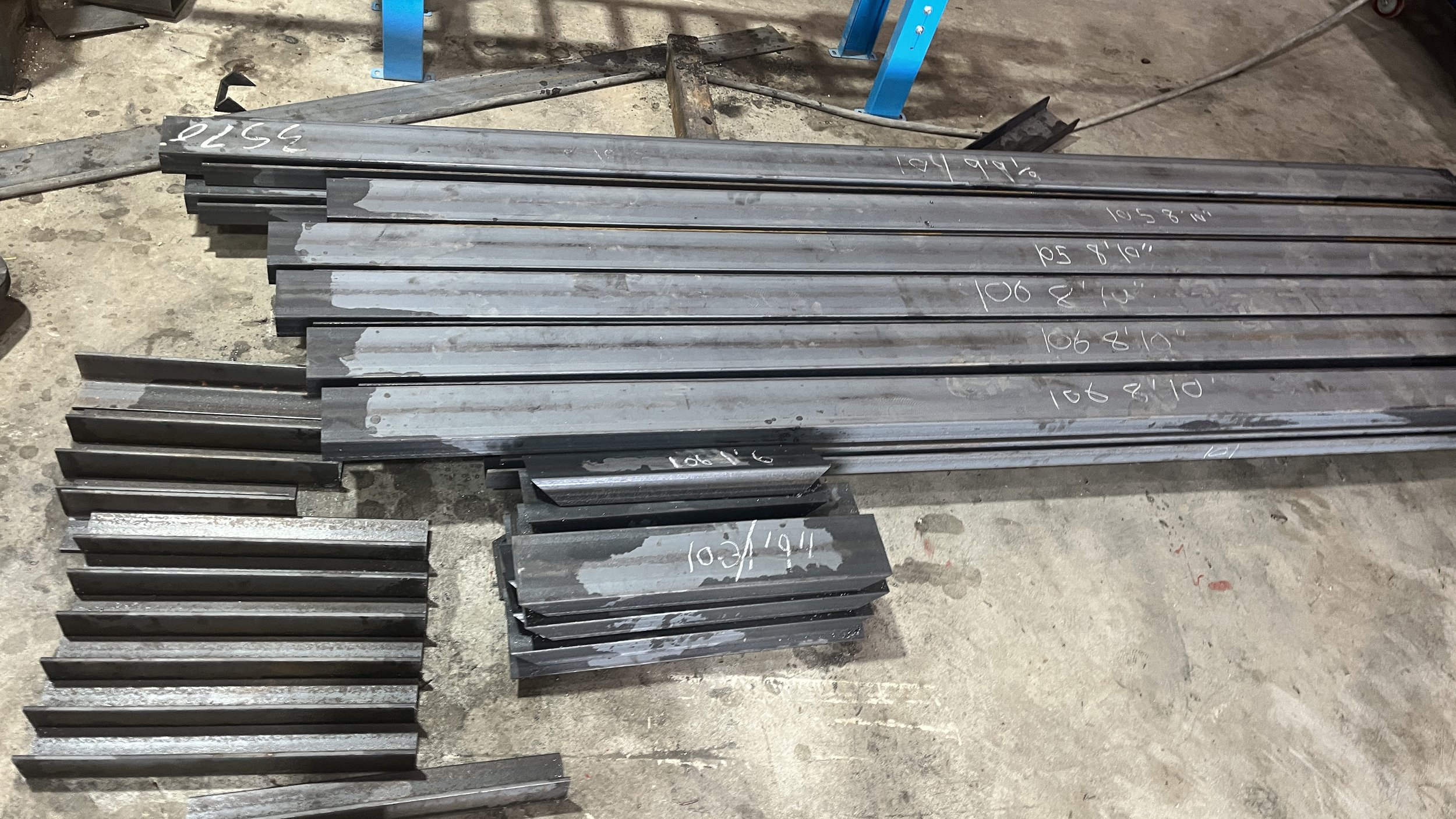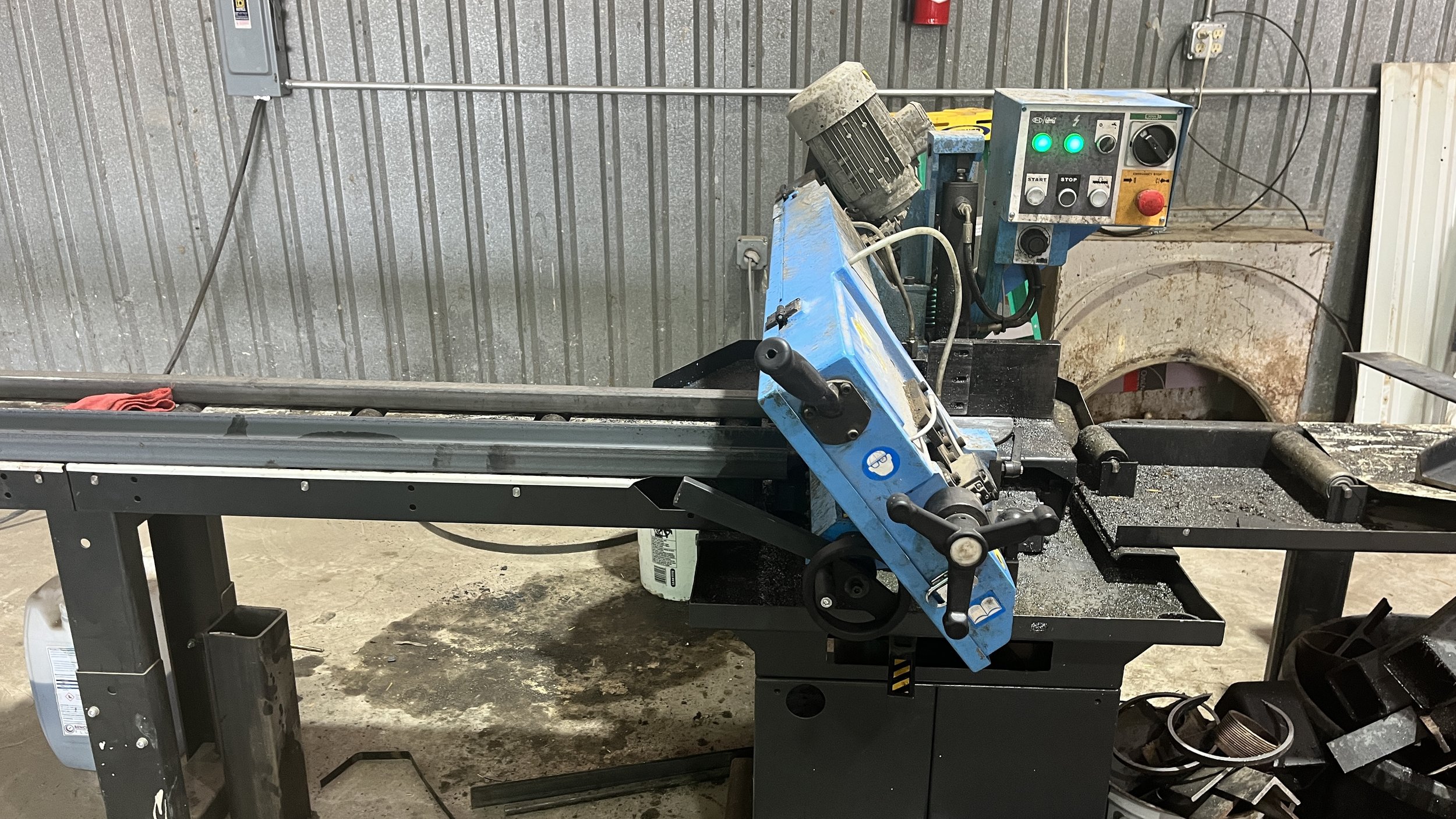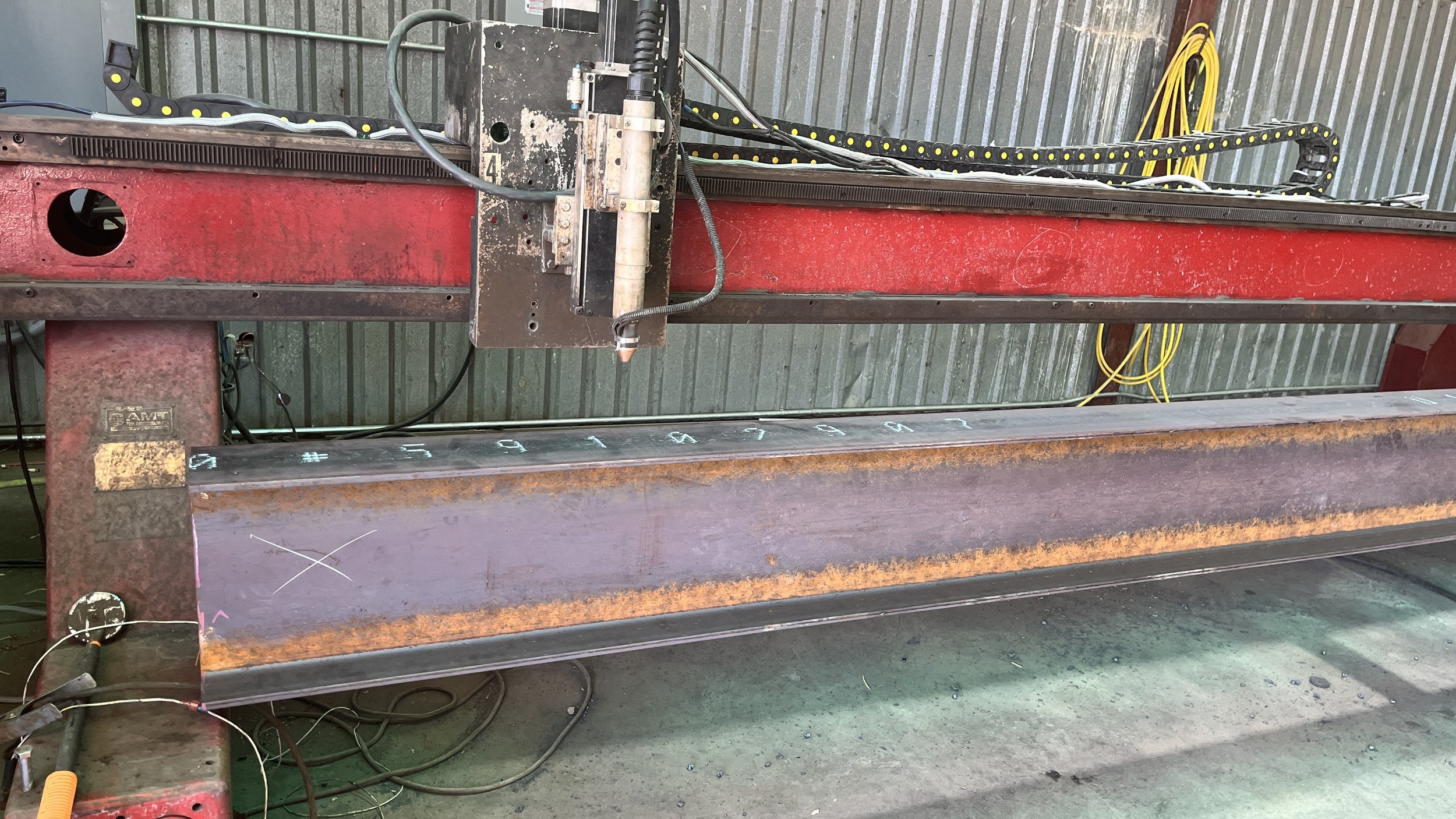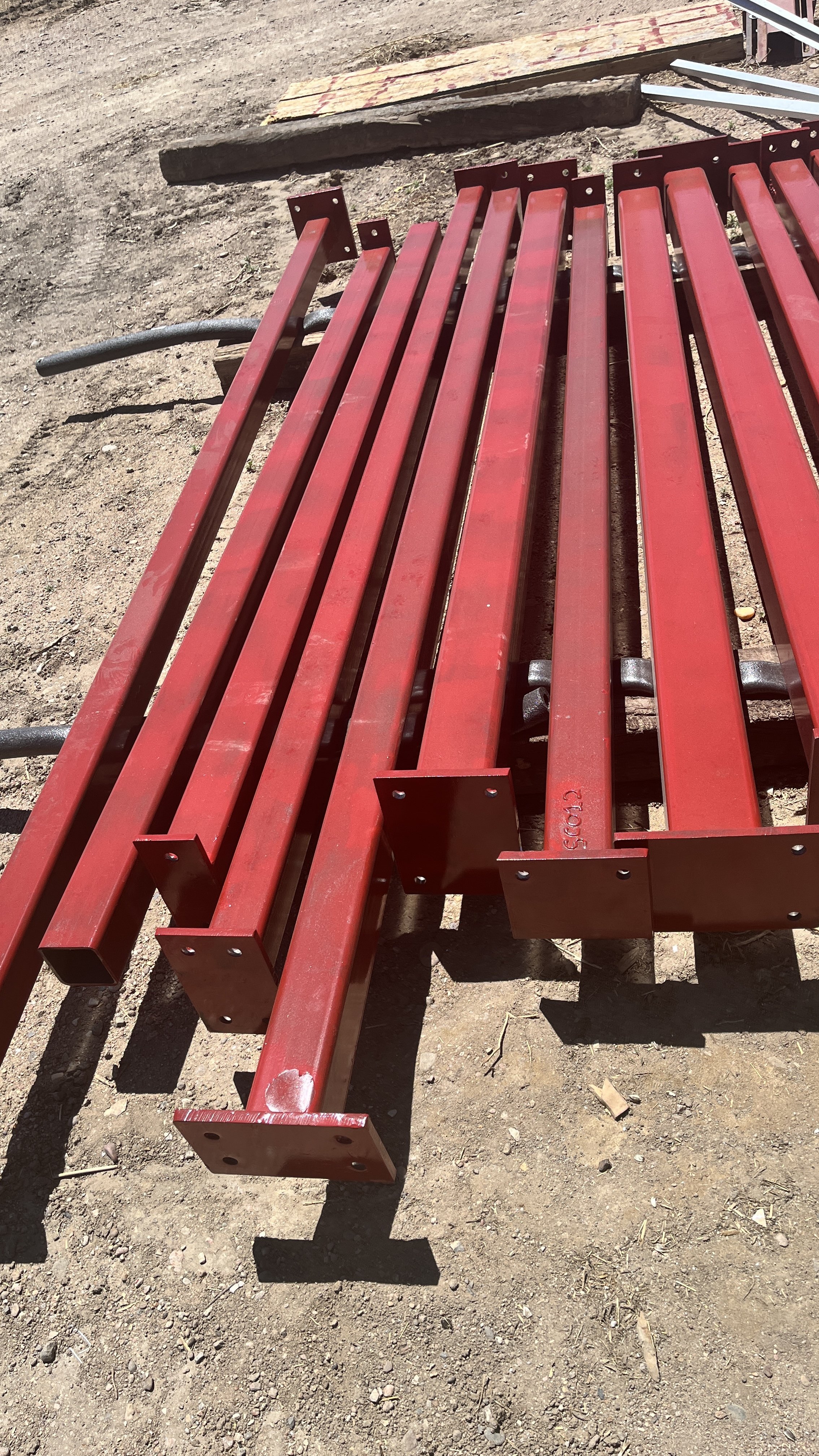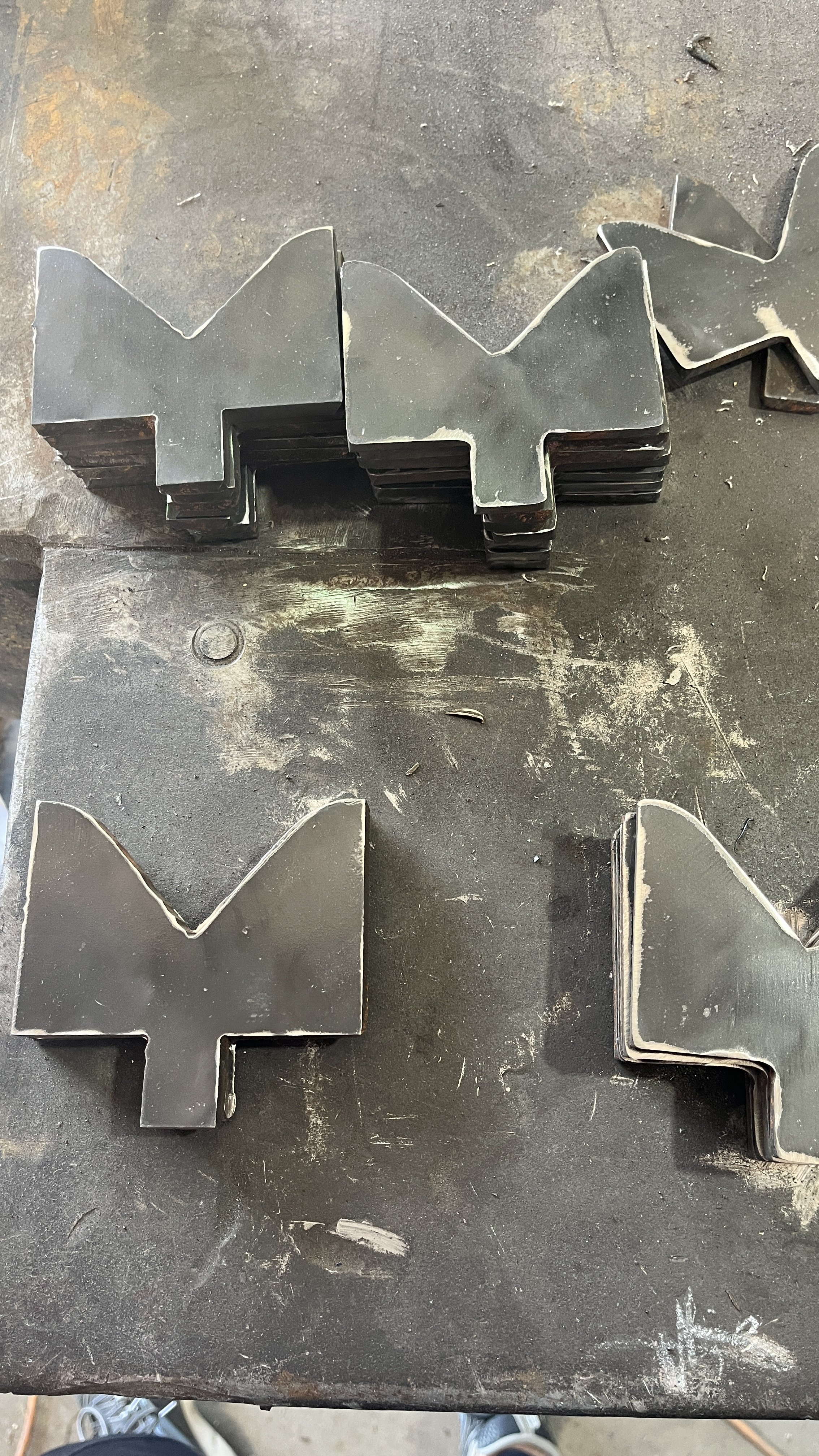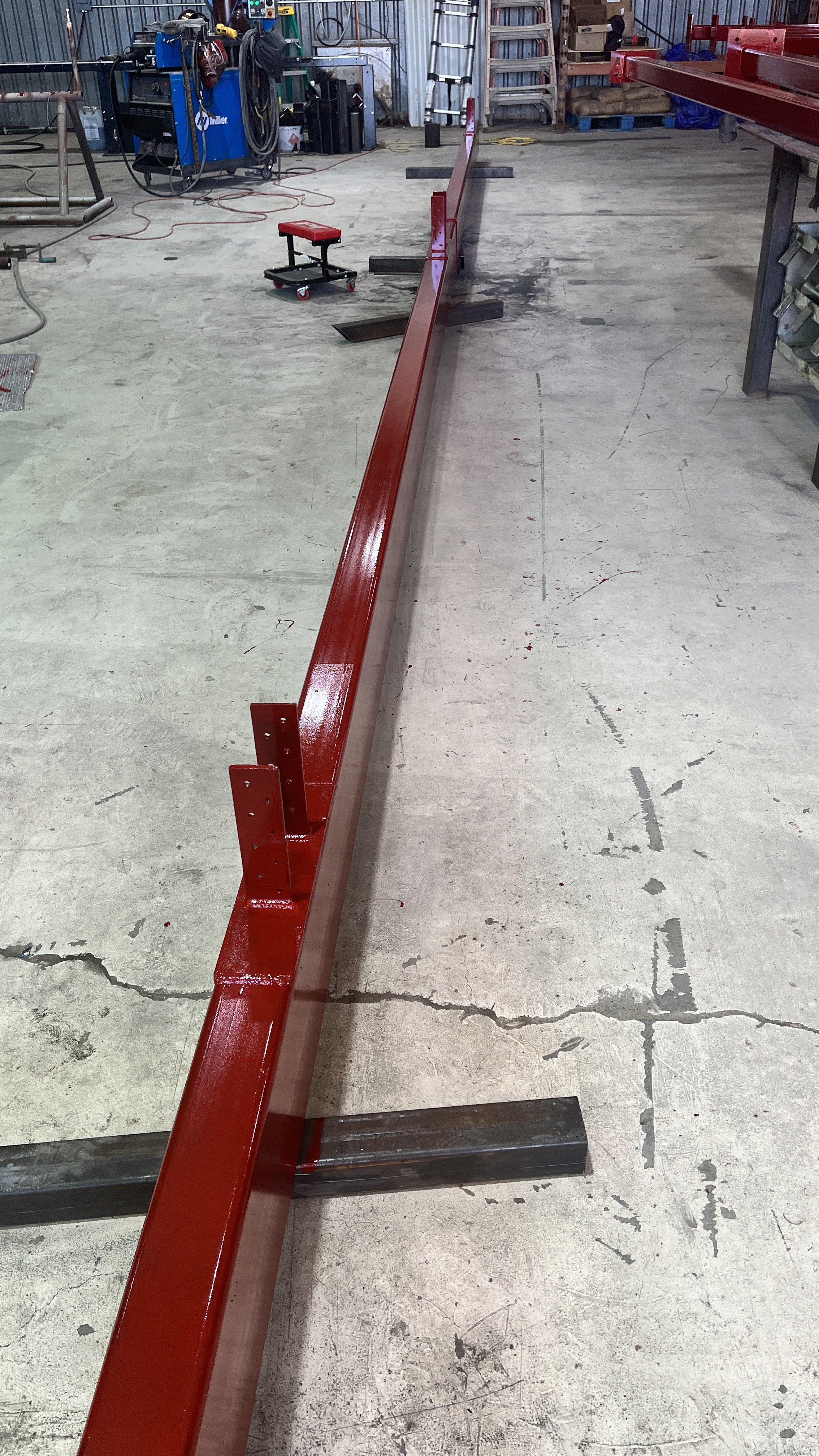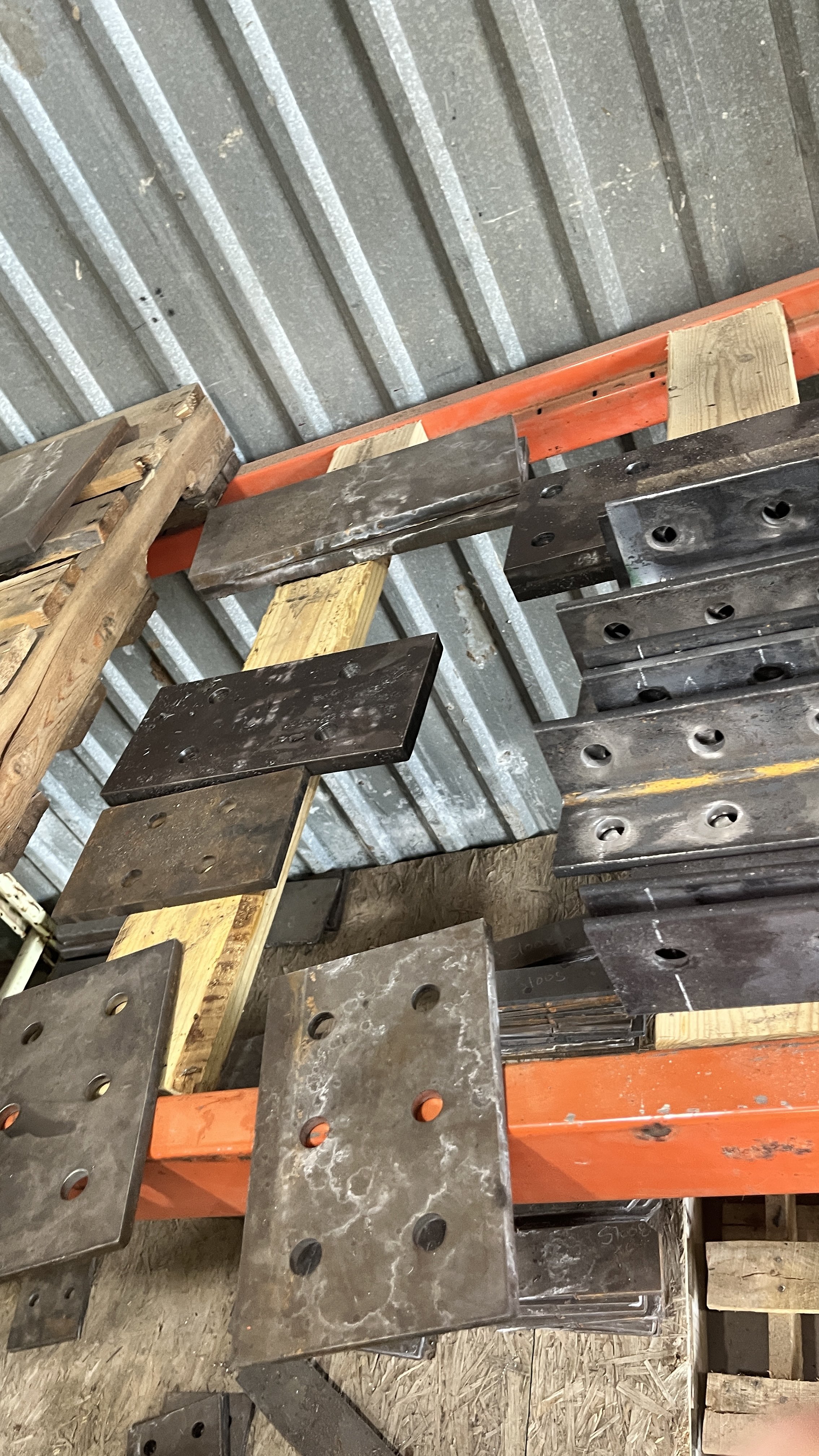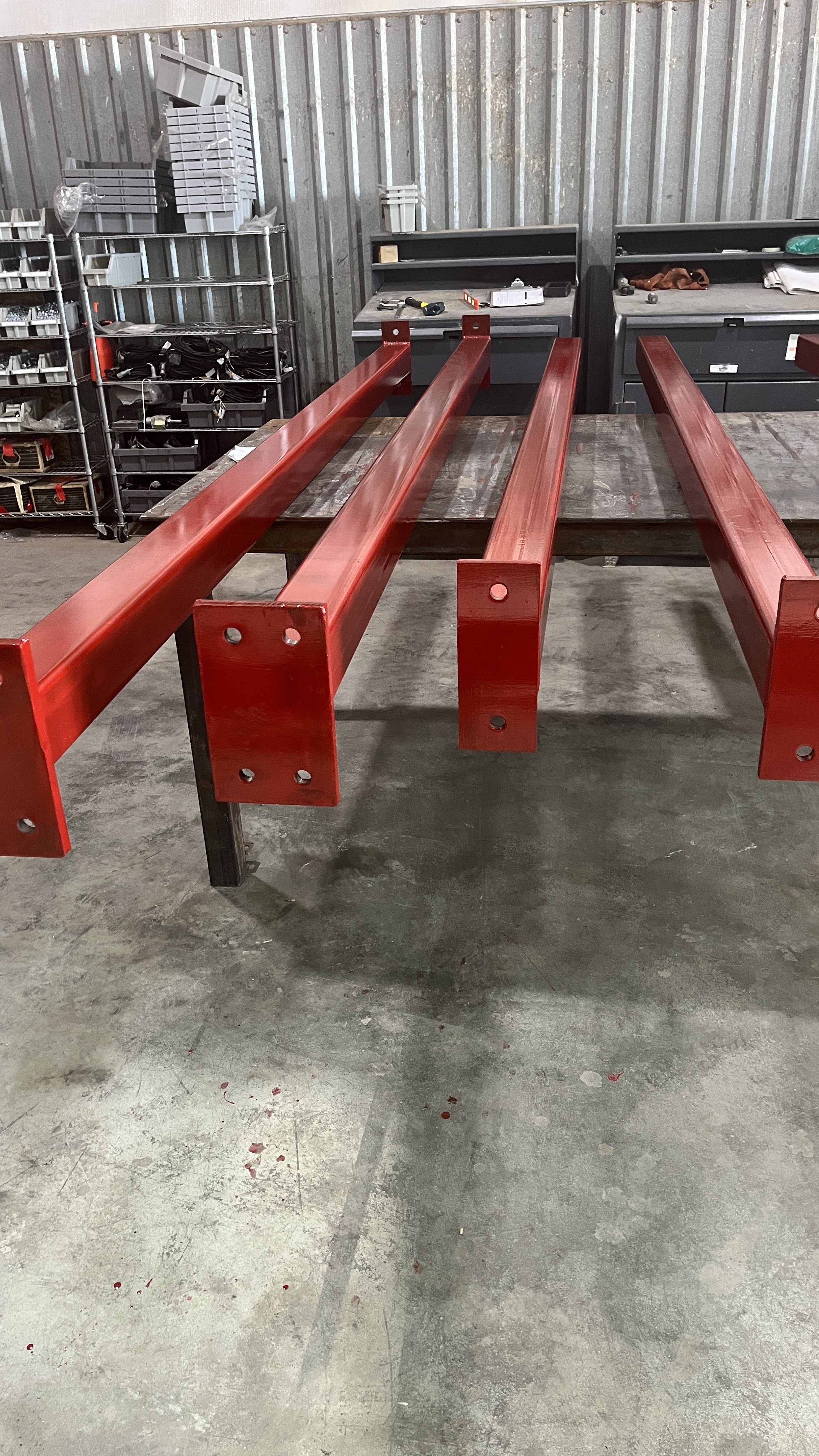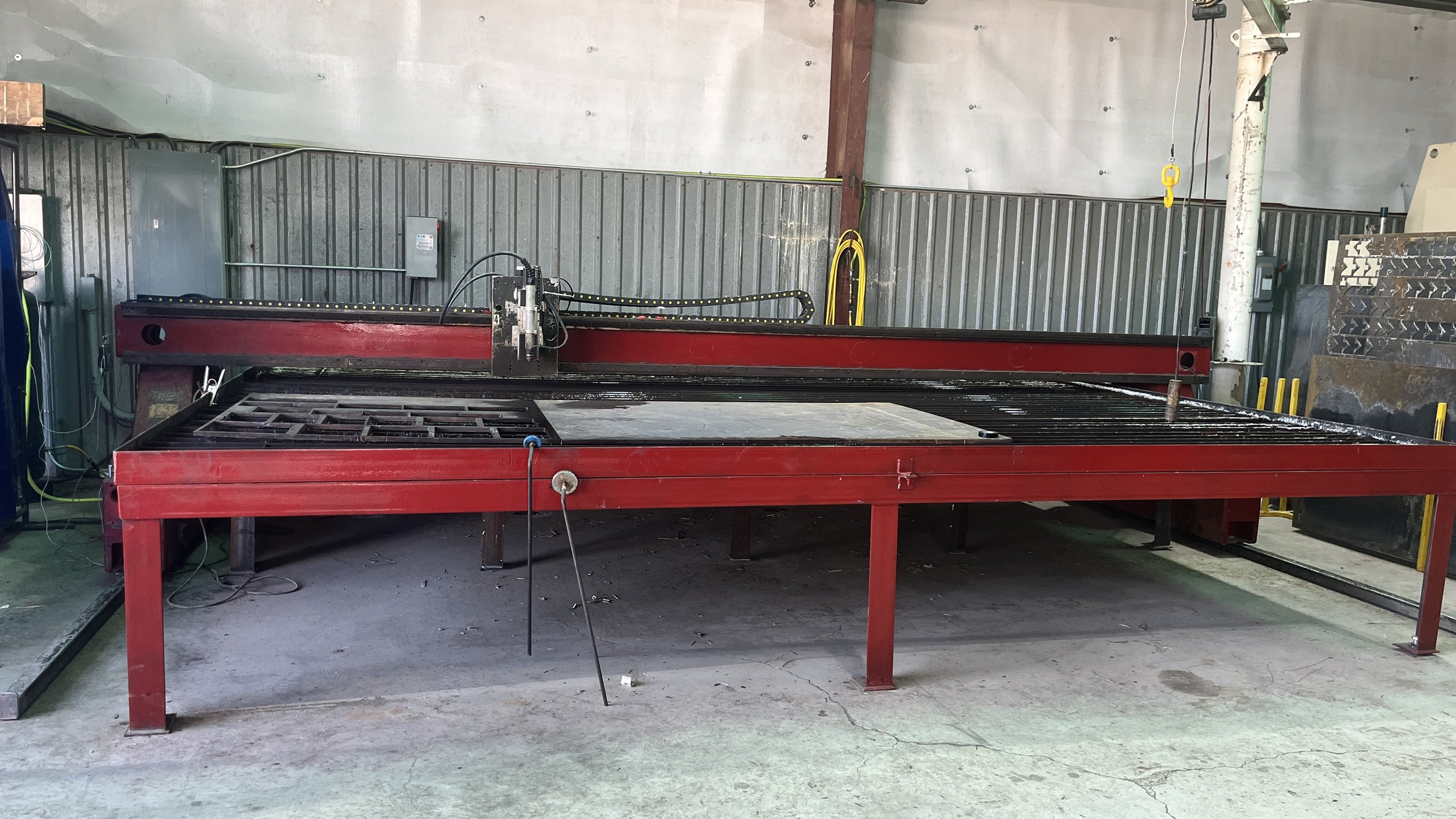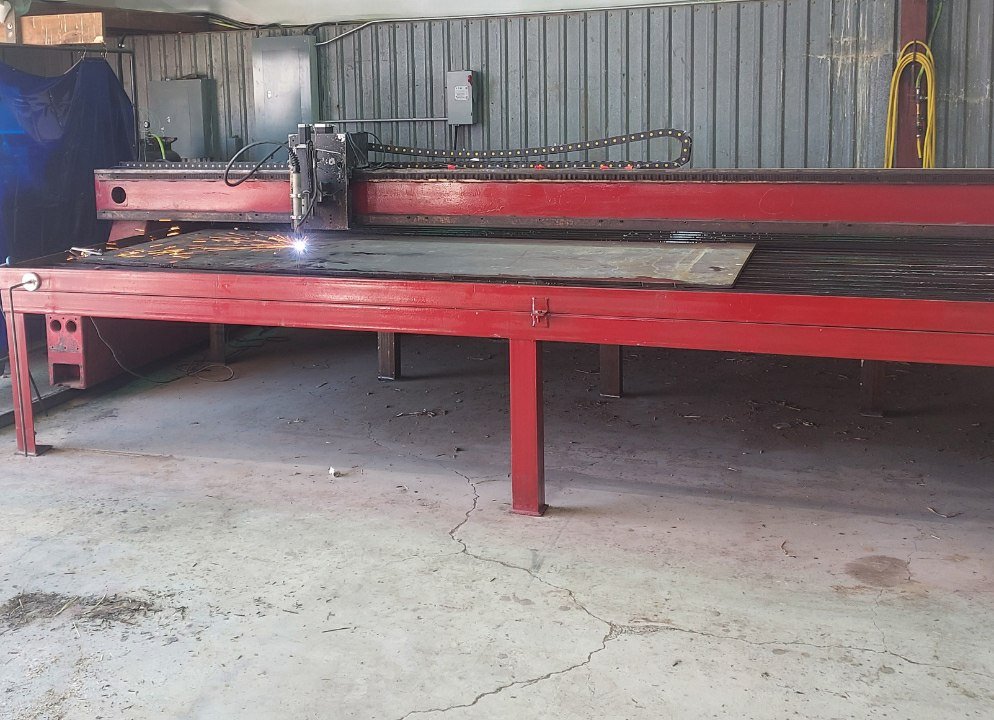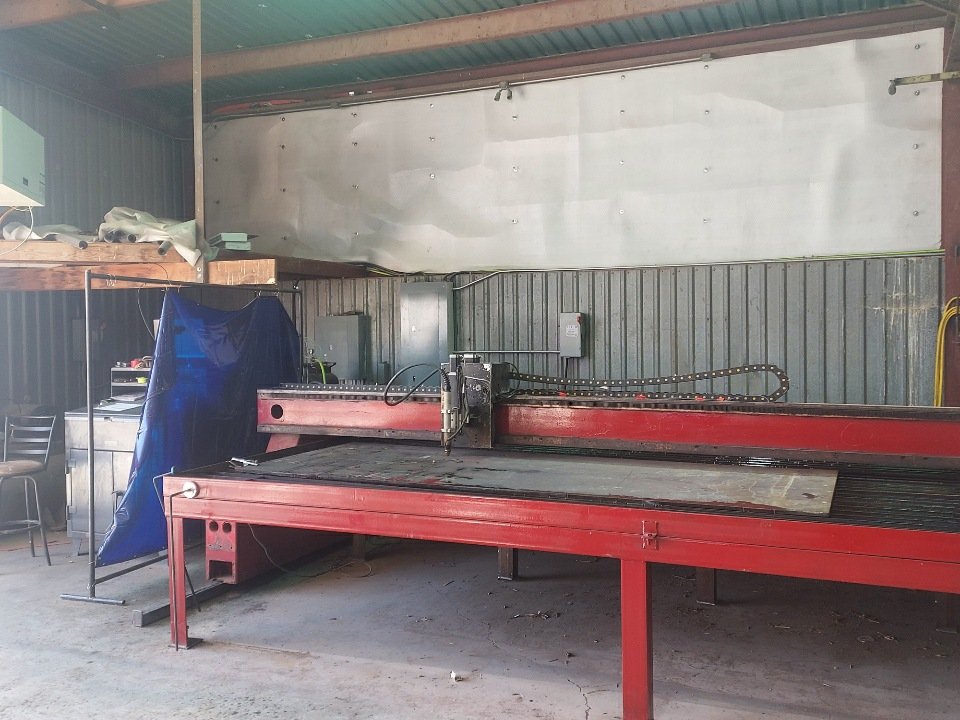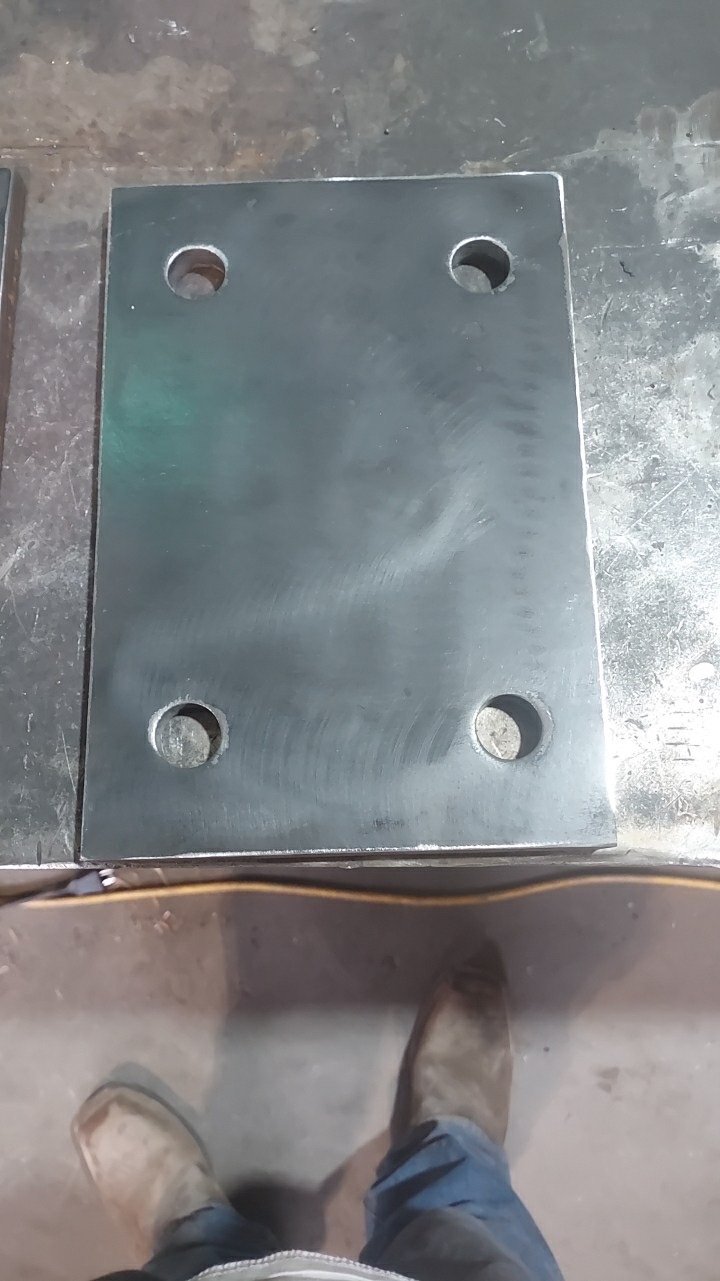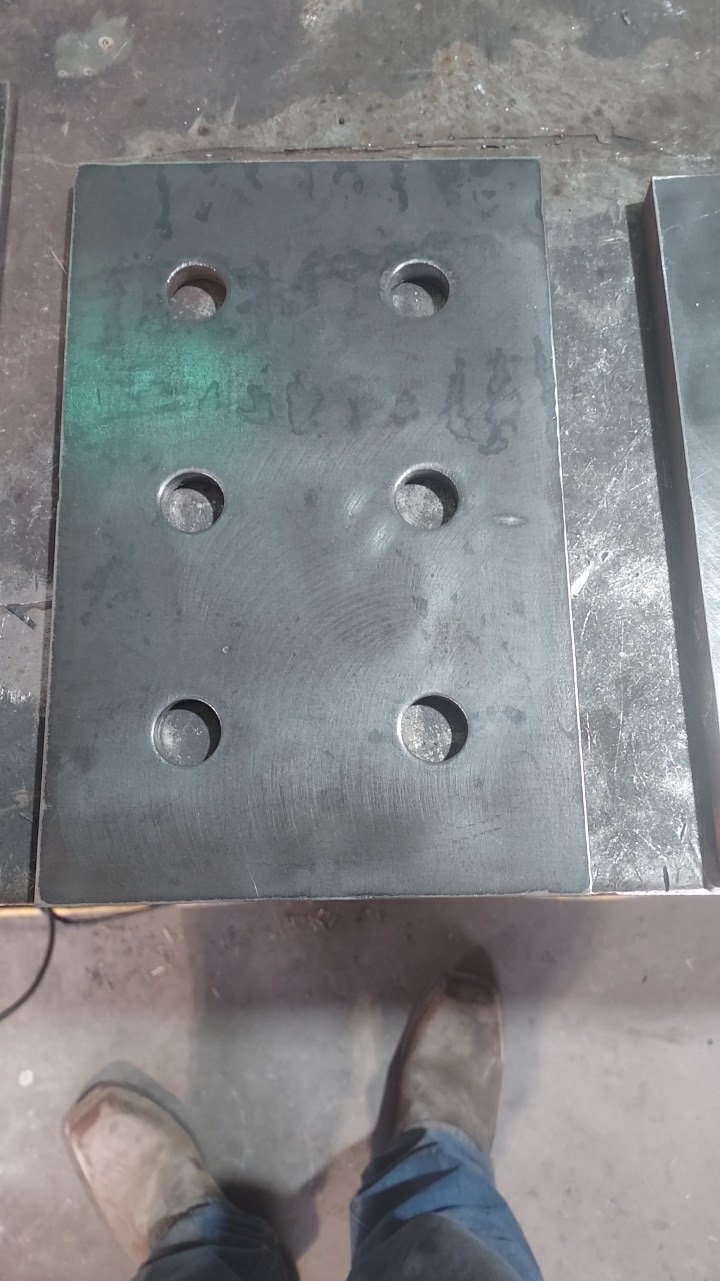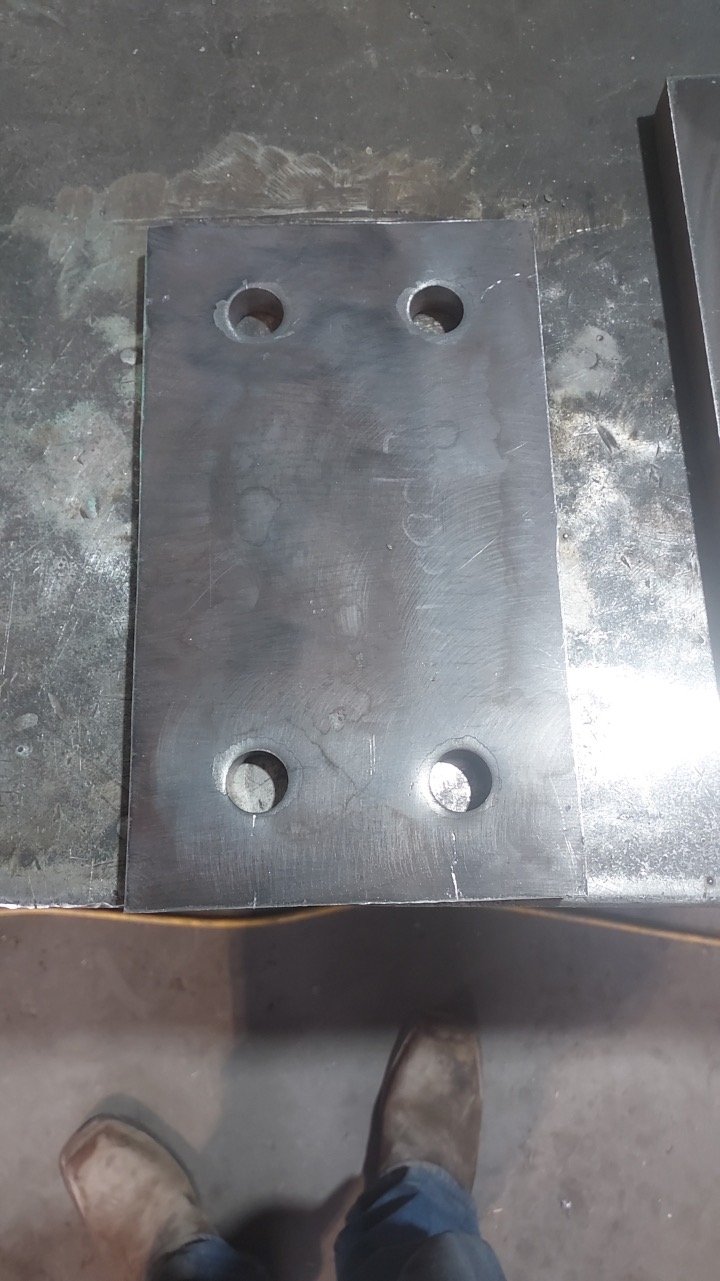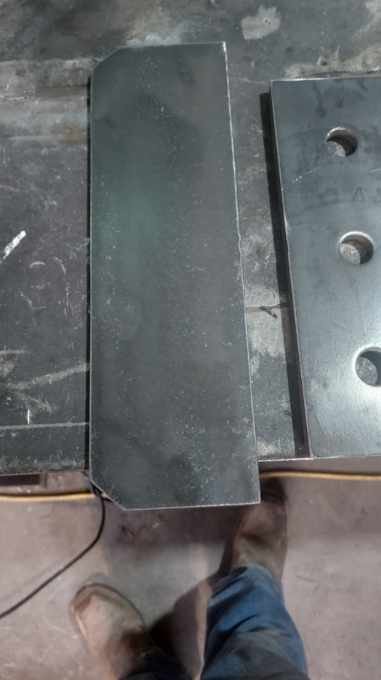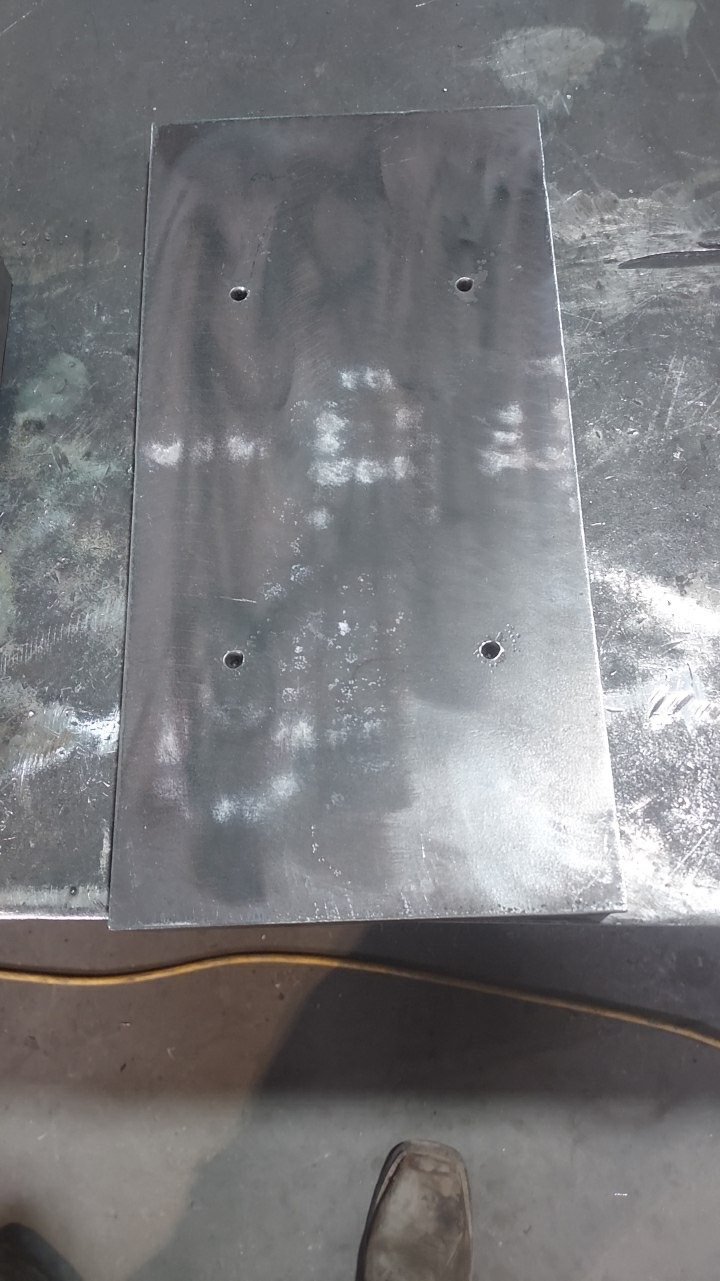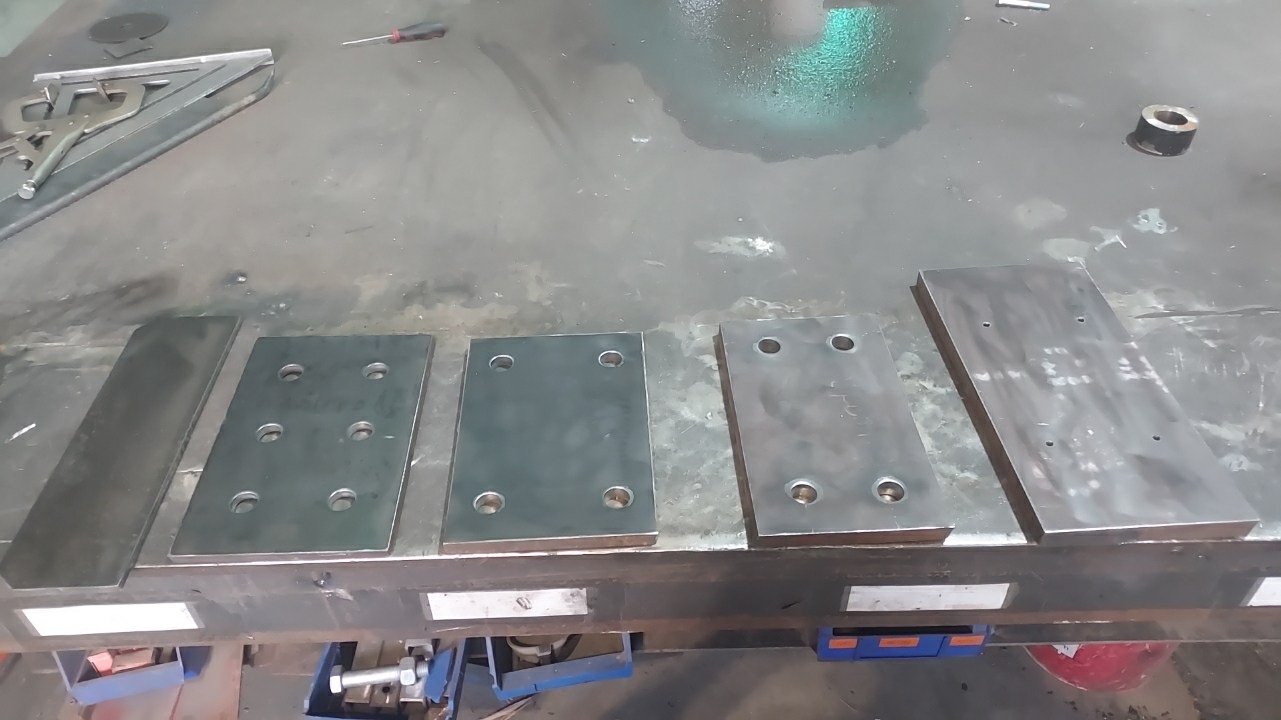Expeditor Services Save Time and Money!
Understanding Permit Expeditor Services: A Guide for Homeowners and Builders
Navigating the complex world of building permits can be a daunting task, whether you’re a homeowner planning a renovation or a contractor managing a large construction project. This is where permit expeditor services come into play—saving time, reducing stress, and ensuring your project complies with local regulations.
What Is a Permit Expeditor?
A permit expeditor is a professional who specializes in managing the building permit process. These experts work with local municipalities and building departments to expedite the approval of permits required for construction, renovation, and development projects. They act as liaisons between project stakeholders (such as homeowners, architects, and contractors) and regulatory bodies, ensuring that all the necessary paperwork, approvals, and inspections are handled correctly and efficiently.
The Benefits of Using a Permit Expeditor
1. Saves Time and Reduces Hassle
Obtaining permits can be time-consuming, with many applicants facing delays due to incomplete paperwork, missed steps, or complex regulations. Permit expeditors streamline the process by preparing all documentation, ensuring forms are filled out correctly, and addressing any issues that may arise during the approval process. Their experience allows them to navigate bureaucracy more efficiently, potentially saving weeks or even months of waiting.
2. Ensures Compliance with Regulations
Each municipality has specific codes, zoning laws, and ordinances that need to be followed. Permit expeditors are familiar with these local regulations, ensuring that your project complies with all relevant requirements. This reduces the risk of fines, project delays, or having to redo work that was not up to code.
3. Prevents Costly Mistakes
One of the biggest challenges in obtaining permits is ensuring that the plans and applications meet the stringent requirements set forth by local authorities. Permit expeditors review your plans in detail, helping to identify and correct any potential red flags before submission. By catching these errors early, expeditors can help prevent costly revisions, delays, and rejections.
4. Provides Expertise and Local Knowledge
A good permit expeditor has established relationships with local building departments, inspectors, and other regulatory officials. This insider knowledge allows them to anticipate potential hurdles and navigate the specific nuances of your municipality’s permitting process. Their expertise can also help to smooth over issues that might arise during inspections or reviews.
5. Improves Project Workflow
For builders and contractors, managing multiple projects at once can be overwhelming. A permit expeditor helps ensure that permits are approved on time, allowing the project to move forward without unnecessary delays. This keeps the construction schedule on track and minimizes downtime, which is especially important in larger, multi-phase developments.
When Should You Consider Using a Permit Expeditor?
There are several situations where hiring a permit expeditor makes sense:
- Complex Projects: For large-scale commercial or residential projects, or renovations involving significant structural changes, an expeditor can help navigate the complexities of local permitting processes.
- Tight Timelines: If your project has a strict timeline, such as those that need to be completed before a specific season or event, a permit expeditor can help ensure the project stays on schedule.
- Unfamiliar with Local Codes: If you’re working in a municipality you’re unfamiliar with, or if the regulations are particularly strict or complex, a permit expeditor can help avoid surprises.
How to Choose the Right Permit Expeditor
When selecting a permit expeditor, consider the following:
- Experience and Expertise: Look for professionals with a solid track record in your area and specific knowledge of your project type (residential, commercial, etc.).
- Local Relationships: Ideally, your expeditor will have established relationships with local officials, which can help expedite the process.
- References and Reputation: Check reviews, ask for references, and research their history with similar projects. A good reputation is a strong indicator of their ability to deliver.
- Clear Communication: The expeditor should keep you informed at every step of the process, explaining any potential delays or issues that arise.
Conclusion
Permit expeditor services can be invaluable for homeowners and contractors looking to streamline the permitting process, ensuring compliance, and keeping projects on schedule. By leveraging their expertise, you can avoid costly mistakes and delays, making your construction or renovation project smoother and more efficient.
Whether you’re embarking on a small renovation or a large-scale build, consider enlisting the help of a permit expeditor to ensure everything runs smoothly from start to finish.
---
Need help with architectural plans and permitting? At Architectural Plans Online, we work closely with experienced permit expeditors to ensure your project gets approved quickly and efficiently. Reach out to us today to get started on your next build!

